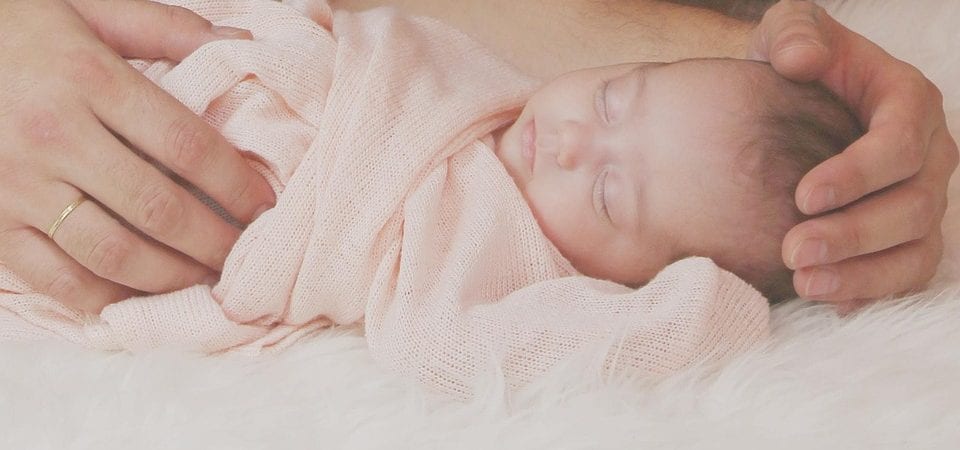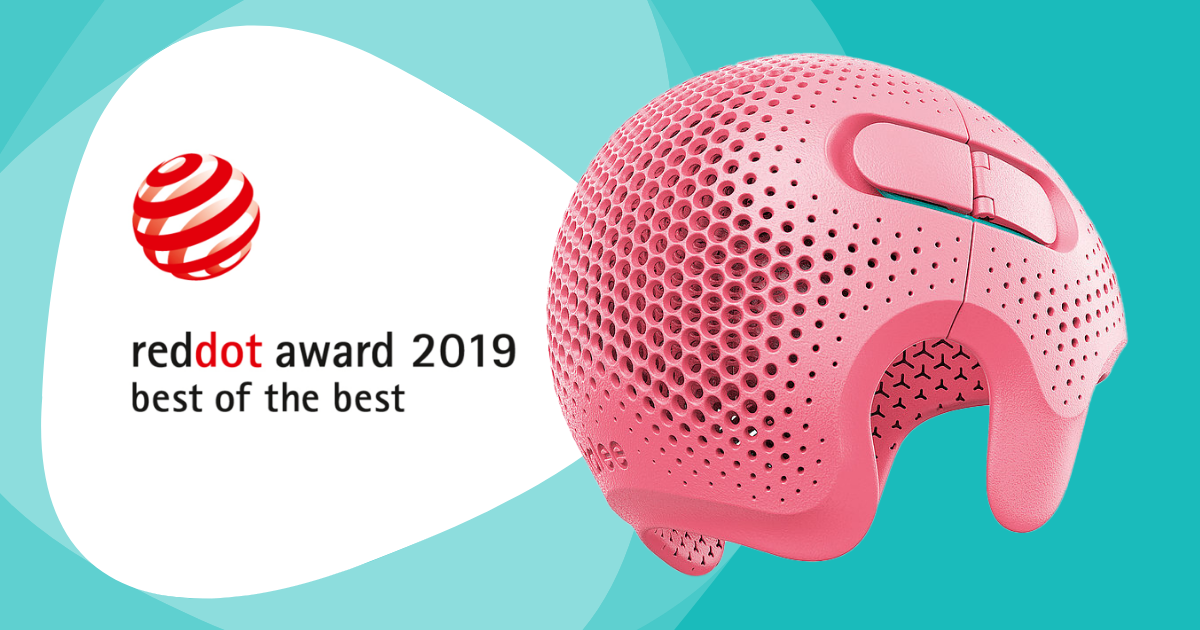
What is Craniosynostosis?
Craniosynostosis is a rare condition where a baby’s head isn’t growing properly and presents itself as an abnormal head shape. Babies have fourteen bones in their skull, nine in the lower part of the skull, the cranial base and five in the uppers skull, the cranial vault.
We are concerned with the upper part of the skull, the vault. Each of the bones in the vault has gaps between them that are otherwise known as cranial sutures. These sutures remain open and flexible during infancy, and become gradually more firm throughout childhood, finally becoming more firm in young adulthood. Craniosynostosis occurs when one or more of these sutures fuse (close) prematurely. For a more detailed explanation on craniosynostosis, please read our dedicated page.
Difference Between Craniosynostosis and Plagiocephaly
To the untrained eye, craniosynostosis can be mistaken for plagiocephaly as both conditions show as a head shape deformity. However, there are some key differences between the conditions. Plagiocephaly and other flat head syndrome conditions develop as a result of moulding from external pressures to the head in early infancy. Whereas craniosynostosis is a result of abnormalities in the sutures between the bones in the upper part of the skull.
Spotting Craniosynostosis
Although craniosynostosis and plagiocephaly are different, parents can still spot that there is a problem through similar tell-tale signs:
- If a baby’s head is long and narrow in shape
- If one side of a baby’s face is flattened or bulging
- If a baby’s head is pointy or triangular at the brow
- If the soft spot on the top of a baby’s head is very small when the baby is born
How is Craniosynostosis Diagnosed?
The condition can be diagnosed by professionals, such as a GP. Although we are unable to treat craniosynostosis at Technology in Motion, our clinicians know the signs to look for when a baby has craniosynostosis rather than a form of flat head syndrome.
Craniosynostosis diagnosis is usually the result of a visual assessment of a baby’s head, then the specialist will run their fingers along each of the suture lines to feel for abnormalities. This in itself can be sufficient to determine whether there is craniosynostosis and confirmation of the diagnosis is made by X-rays or scans which will identify which suture is fused and will give doctors the information needed to plan a course of action.
Varying Forms of Craniosynostosis
There are four main types of craniosynostosis: Sagittal Suture Synostosis, Coronal Suture Craniosynostosis, Metopic Suture Synostosis and Unicoronal Synostosis.
Surgery is the only option in all cases of synostosis and if surgery is to be carried out, it’s important for specialists to consider which suture has fused, the baby’s age, and any other symptoms that the infant might be showing.
Treatment for Craniosynostosis
Treatment of craniosynostosis requires surgery, which is most effective when done during a baby’s first year but in all cases, the surgical team will consider all options before carrying out any intervention. A plagiocephaly helmet can be used post-surgery (if an endoscopic strip craniectomy or craniotomy is undergone) to bring about further correction of a baby’s head shape. Without this cranial remoulding therapy post-surgery, a baby’s head could develop into an irregular shape.
If you’re concerned that your baby may have craniosynostosis, it’s important that you get them checked out by a specialist, whether it be your baby’s paediatrician or other. Although craniosynostosis is very rare, our clinicians sometimes identify craniosynostosis in babies whose parents have brought them into Technology in Motion with what they thought was flat head syndrome. In all such cases, we advise parents to take their baby to a GP for a referral to a neurosurgeon or their nearest craniofacial unit.
If you’re uncertain about your baby’s head shape, you can book a free initial assessment with one of our friendly clinicians.


